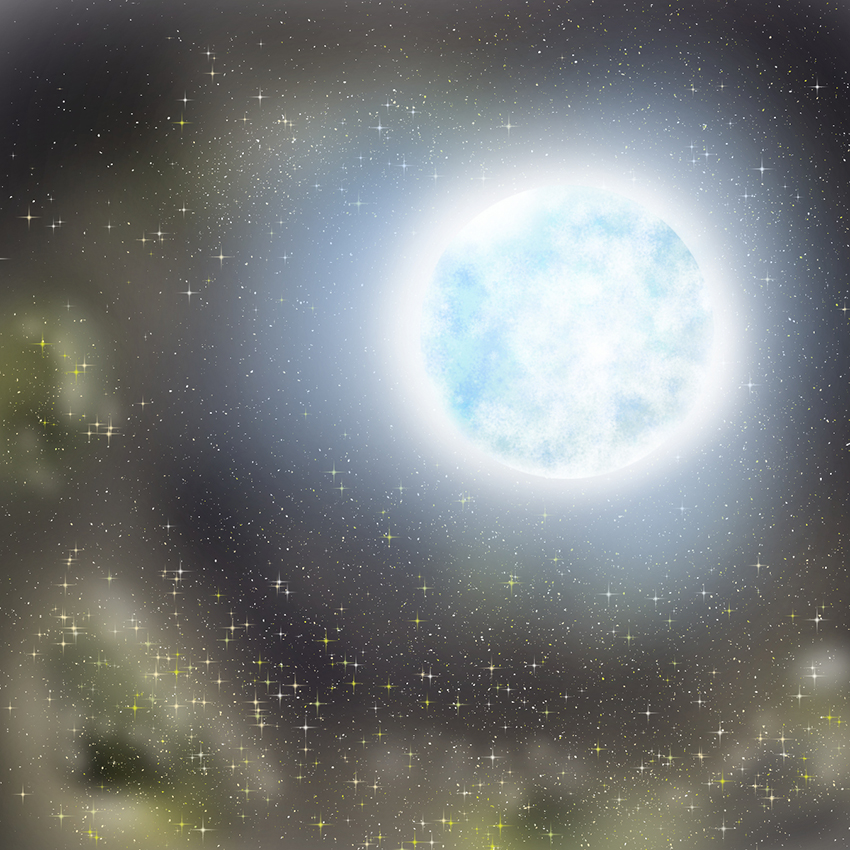UT Alumnus Kepler de Souza Oliveira led of a team of researchers who have found a white dwarf that is the first of it’s kind. The star has an atmosphere that is nearly 99 percent oxygen, with small traces of magnesium and neon.
Gustavo Ourique, a physics junior at the Universidade Federal do Rio Grande do Sul, discovered this star, which he nicknamed Dox.
As part of Oliveira’s lab, Ourique painstakingly analyzed over 15,000 graphs of star spectral wavelengths, which astronomers use to identify the elements present in the atmosphere of distant stars.
Dox is different from typical white dwarfs, which have atmospheres of helium and hydrogen, the lightest elements present in stars. The presence of oxygen in the atmosphere is even stranger because of the mass of the star — around 60 percent of the mass of the sun.
For a white dwarf to be this size, the original star would have to be around the size of the sun. However, according to Ourique, a star hot enough to produce neon and magnesium would have to be around 6 or 7 times the size of the sun. This star would not decay enough to form a white dwarf the size of Dox.
The best explanation for Dox’s size and oxygen atmosphere is the presence of another star, according to Don Winget, a professor in the astronomy department who has worked with Oliveira in the past. Dox was probably one of two stars in a binary star system.
“It’s origin is a mystery,” Winget said. “We can only explain it with another star,”
A larger star might have pulled the off lighter elements that are now missing from Dox. This phenomenon would explain why Dox is smaller than it should be, according to Fabiola Campos, a postdoctoral fellow currently working with Kepler at UT.
“Some of [these stars] have a companion,” Campos said. “If that companion is close enough, one of the stars will give mass to the other one.”
However, even the presence of a second star doesn’t fully account for Dox’s loss of mass. The two stars might have collided, flinging the lighter hydrogen and helium atoms off of Dox’s atmosphere.
“This collision might have removed some 50 percent of the mass,” Ourique said.
He said there are still many questions about Dox. According to Campos, scientists struggle to analyze contents beyond the atmosphere since Dox is so far away. Despite this, the star is fascinating to astronomers.
“This star really is a great puzzle,” Winget said, “We always love those.”
Dox is the only star of its kind out of the 32,000 Ourique analyzed.
“It’s a rare thing. It’s a point outside of what we know as normal,” Campos said.
Oxygen is the last element scientists expect to see in a white dwarf’s atmosphere. Typically, they’re composed entirely of helium and hydrogen.
The data was taken from the Sloan Digital Sky Survey, a collection of reports with millions of star spectral graphs. Oliveira’s team was searching through survey to tag white dwarfs stars.
“That’s what we’ve been doing for the last three years, cataloging new white dwarfs,” Oliveira said.
Initially, Ourique narrowed his pool of stars from 4 million to 15,000 by writing code to run through the spectral graphs. After this, he did all analysis by hand.
“I can’t imagine doing that,” Winget said. “I wouldn’t do it. But I’m glad they did it.”
Ourique said he was astounded when he came across the star. He knew right away he had to bring attention to it.
“I remember the meeting,” Campos said. “Everyone went from ‘This is very interesting’ to ‘Wow! How is this even possible?’ It was really awesome to be a part of it.”
This article has been updated since its initial publication.















